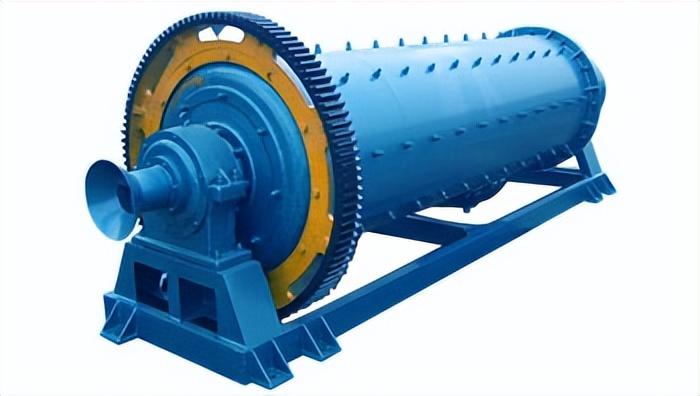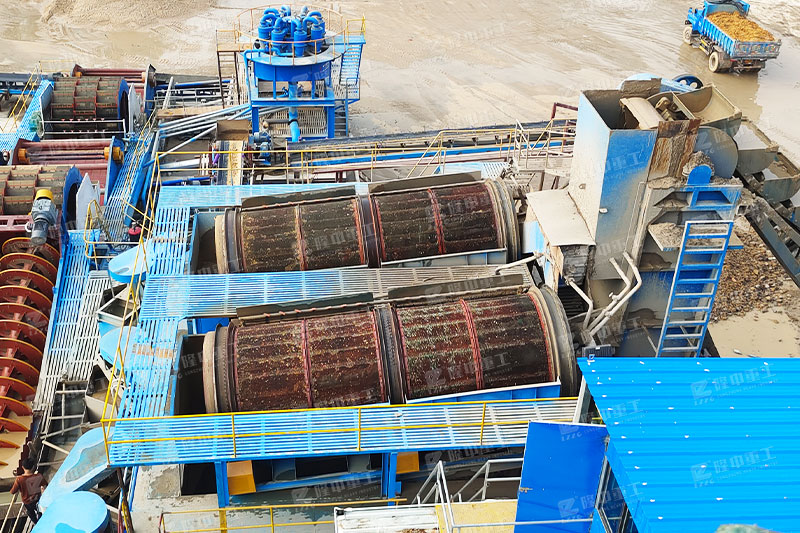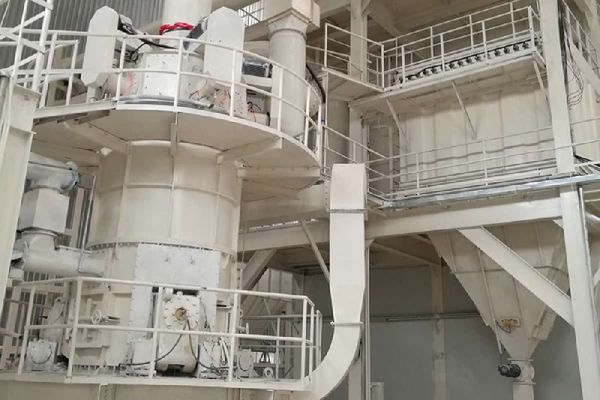How is railway ballast produced?
 November.11,2024
November.11,2024
If there is no ballast, the rails and sleepers are laid directly on the roadbed, and the roadbed may not be able to bear the weight of the train and sink downward. The gaps and texture between the crushed stones of the ballast play a good role in dispersing the huge pressure generated by the passing of the train, and evenly disperse the pressure to the foundation. The elasticity of the ballast can well disperse the vibration and noise of the train, making passengers more comfortable and protecting the roadbed.
The production, storage and loading of ballast are all completed in a dedicated storage and transportation base. The base is generally located in a location close to the railway freight station, which is convenient for production, loading and transportation, and maximizing efficiency.
The stone used to make ballast is natural stone. The raw stones that meet the requirements of hardness, wear resistance, water permeability and other indicators will be transported to the ballast production base after being mined, poured into the ballast production line for crushing, cleaning, screening, and then subdivided into different types of ballast according to the needs of laying.
The common ballast diameter is generally between 16 mm and 63 mm. After the finished ballast passes the quality inspection, it will be classified and stored in the ballast storage and transportation base to be ready for loading at any time.




